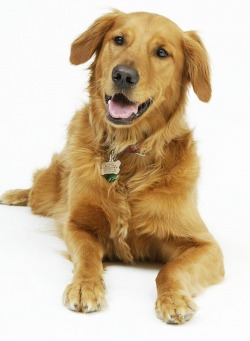DOG TRAINING TREATS

Over the years, the study of dog training and canine psychology have led to the continuous improvement of dog training techniques. Studies have shown that the most effective way of teaching dogs how to do certain tricks or how to behave themselves is through operant conditioning.
Operant conditioning is the process of teaching a dog that a certain behavior or action will yield a certain type or set of consequences. In other words, this teaching pattern follows the ABC of events or the Antecedent yields Behavior yields Consequences pattern. The Antecedent is the idea that prompts an individual or an animal to do a certain behavior so that he/she will yield consequences. Oftentimes, the antecedent is may be the fear of pain or the prospect of an opportunity or privilege. Thus, for dog trainings to be truly successful, dog trainers or dog keepers should effectively embed antecedents in their pets.
Based on canine analysis, the most productive form of antecedent is the prospect of an opportunity or privilege. This type of operant conditioning is also known popularly as positive reinforcement. Positive reinforcement is the process of giving out rewards or treats whenever the dog does something good. During trainings, positive reinforcement can be done through giving dog-training treats. Dog training treats is most effective when given during the 'learning phase' of the training.
Dog training treats can come in a variety of forms such as dog foods (i.e. candies, dog biscuits, etc.), praises, and cuddles.
In giving dog-training treats, here are some points to remember:
a. Give dog-training treats that are commensurate to the effort exerted by the dog. The training will be more effective if the dog realizes that whatever difficulty he/she might encounter during the training, it will be worth the treat that he/she will get.
b. Give dog-training treats that are proportional to the performance of the dog. Make sure that the quantity and the quality of dog training treats you will give your dog increases as the his/her performance gets better and better. This will motivate the dog to exert more effort in his/her training.
c. Dog training treats should vary depending on the step in the training. There are some types of training that follow a chronological order when tackling the learning steps. In teaching these steps, it will be better if the amount of dog training treats will increase as the dog goes a step higher towards the accomplishment of the dog trick.
d. Give training treats in a consistent manner. In training, treats should be given only when the training task at hand is done successfully. One must never provide dog-training treats out of pity or when the dog does not respond fully to the training.
